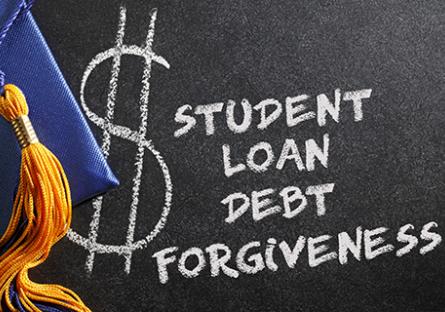
Recently the Biden Administration announced a plan for student loan debt forgiveness. But how does it work? And what does it mean for you? There are three parts to understand: Pause, Forgiveness and Repayment.
First, the “pause” is all about the payments that were put on hold during the pandemic. When the pandemic hit, the government paused the requirement to make monthly payments on your student loan. Now, that same pause has been extended through the end of the year until December 31, 2022, with payments resuming in January 2023.
The second is loan forgiveness, which means your debt is forgiven and you do not have to pay it back. This applies to two types of student loans: If you received a Pell Grant to go to school you can be forgiven $20,000, and you can be forgiven $10,000 if you did not receive Pell Grants. Great news, right? To qualify for forgiveness, you must earn less than $125,000 a year as an individual or less than $250,000 a year as a married couple/head of household.
Finally, the third part is about a “rule” that hasn’t been approved yet but might be soon. This new policy (“rule”) would help students with an income-driven repayment plan. It means that you would not be required to pay any more than 5% of your discretionary income (that’s the money that’s left over after taxes, housing, utilities, etc). If this new policy moves forward, it means if you have less than $12,000 in debt, you would receive loan forgiveness in ten years, rather than 20. This is great news for community college students because $12,000 is the maximum loan permitted for two years of enrollment!
If you are struggling to repay your college loan debt, please visit https://studentaid.gov/debt-relief-announcement/ for more information.